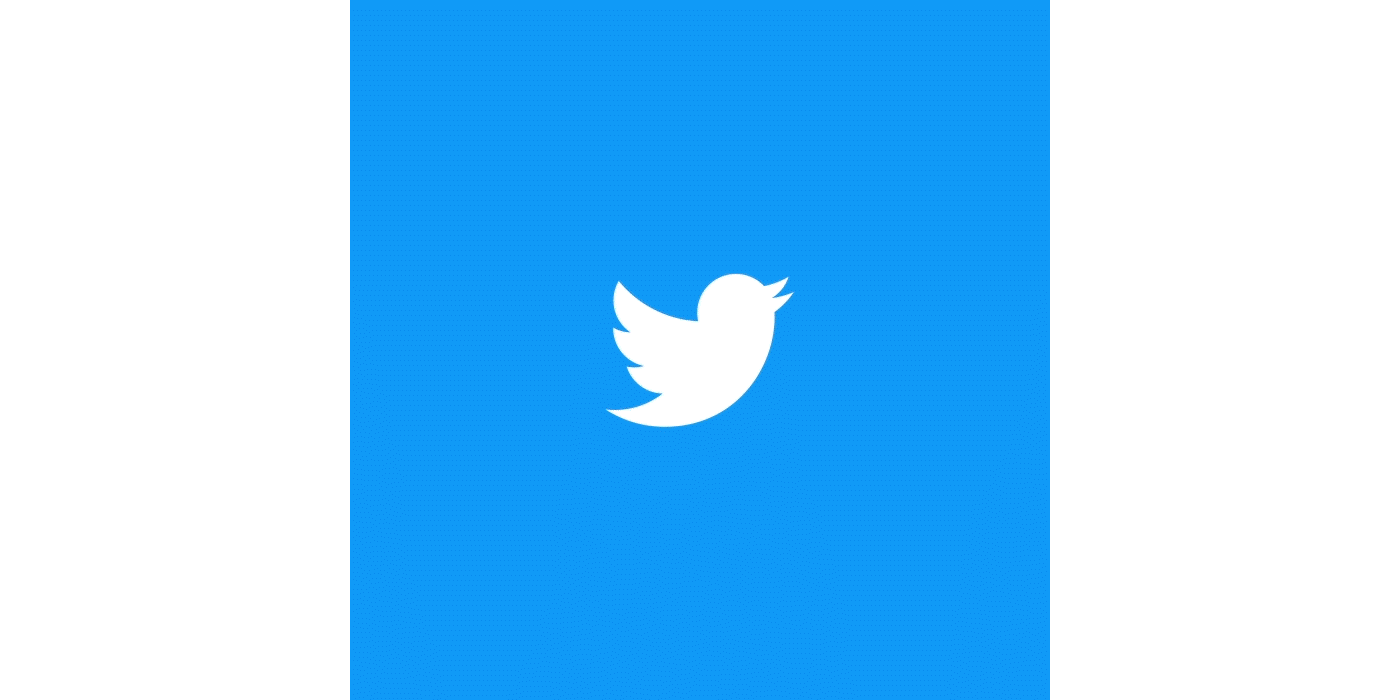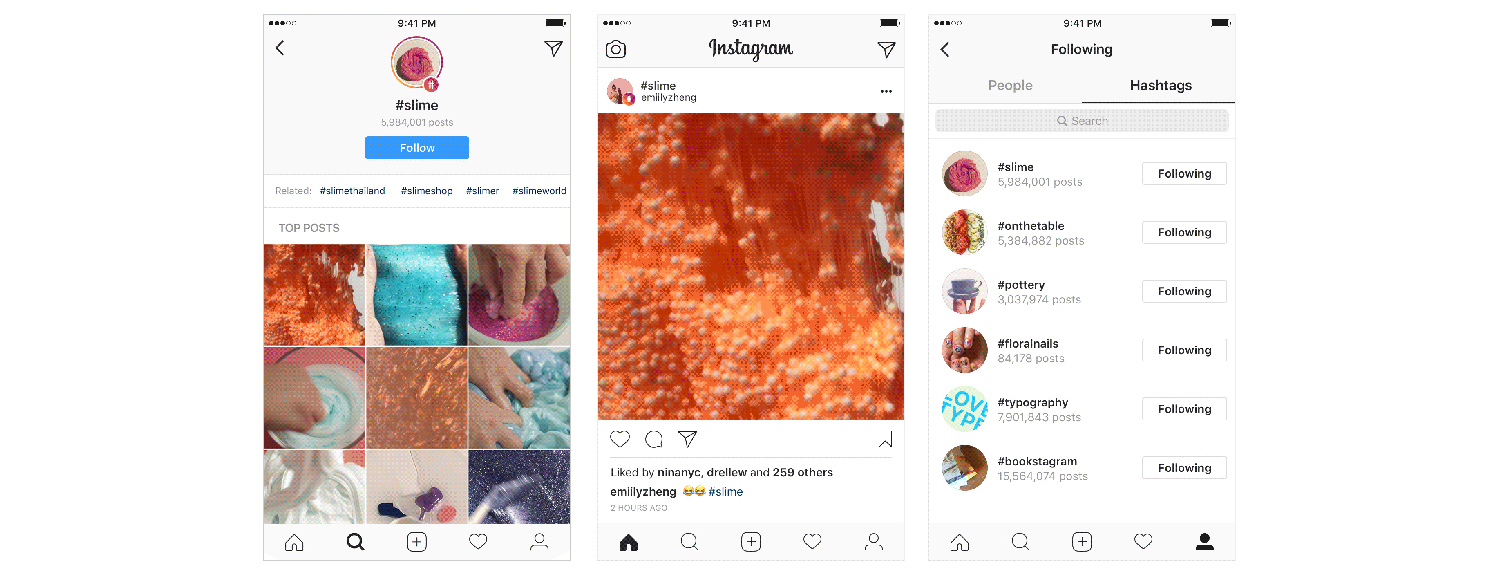The Week in Social: Net Neutrality, Twitter Threads, and Facebook Poking

Net Neutrality is no more (for now)
In their lifetime, a person sometimes makes a mental note to remember where they were during a historical event. For that, you may want to recall where you were last Thursday at 1:15PM Eastern Standard Time. That’s when the U.S. Federal Communications Commission voted 3-2 in favor of the Restoring Internet Freedom Order. In brief, the order “frees” the internet from being classified as a utility – akin to water, electricity, or phone service. Once access to the web isn’t protected as a utility, internet providers are “free” to insert themselves between content providers and content consumers, and monetize that position.
But what does that mean for us? A look at the past can help us see the future. Recall when AT&T blocked Facetime. That’s legal now. Or, when a local ISP shut down access to VOIP services because it was competing with telephone plans. That’s legal now. Or when Verizon was caught throttling video service. That’s legal now.
Without protected access to the internet, critics and pundits predict a dystopic future for the web. There are a myriad number of examples. But, the story in a nutshell is that ISPs may now categorize the entirety of the of the internet: streaming video services, news sites, social media platforms, video games, VOIP, blogs, online retail, and more. They may then assign value to each and every service. That value will be determined by affiliation to each site, how much those sites pay back to the ISPs, and of course, the package you yourself pay for monthly access. Seem familiar?
When ISPs will alter their services is unclear, though some have already revoked their promises to their customers. On the brighter side, many U.S. State and Federal legislators are already kicking back. These events may set off the demand for permanent protection, or a critical downturn for the history of the internet.

Read a comprehensive piece on Vox.
Twitter Threads are live
Previously, having something lengthy to say on Twitter represented a challenge. You posted a tweet, then rapidly responded to your own tweet in chronological order to get your full point across. This user-adopted technique had wide spread success. Twitter began testing a platform solution for this type of post months ago. But, this week, they made Twitter Threads public. Twitter users who wish to publish a chain of Tweets that tell a longer story will now find a “+” icon at the bottom right. Happy Tweeting!

Read more at The Verge.
Follow Hashtags on Instagram
We saw this feature being tested a few weeks ago. This week, IG opened the tool for all users. Now, you can follow hashtags like #wanterlust, #catsofinstagram and #netneutrality. Users can easily browse Instagram according to their favorite topics. Smart marketers will be rethinking their hashtag strategies to insert thoughtful, relevant content via this feature.

Read more at Digital Trends.
Facebook ads to WhatsApp
Last year, Facebook integrated Messenger into ad models. This week, Facebook added WhatsApp to the same mix. By selecting the “Send Message” option, consumers can send directly contact verified business pages via WhatsApp. This feature enables product inquiries, customer service offerings, or even limited time offers. In addition, it adds value to enterprise solutions that WhatsApp is pushing to provide.
Read more at Marketing Land.
Pre-roll on Facebook Watch
If you’ve ever experienced the hulk-smash rage of being head-faked into 30-second ad to watch 12 seconds of video, we feel you. That’s why Facebook is very, very delicately introducing pre-roll ads into its video offerings. Initially, pre-roll will be added to Facebook Watch. Facebook stated that pre-roll will not invade the News Feed. However, on a slightly different note, Facebook announced their effort to prioritize the best performing show content.

Read more at The Next Web
2018 Trends
Facebook Spaces is young still, and its survival is hitched to continued adoption of VR. All brands know about live streaming by now. But, more brands should be distinguishing themselves with higher production values. Generally speaking, when trends hit a list such as this, you should already be well aware of them. However, it never hurts to surface the things that are walking and talking among us – and be sure we’re looking for opportunities to incorporate them in marketing strategies.
Read more at Entrepreneur.
To poke, or to snooze
“I don’t need this stress in my life” remarked one user. Facebook lifted the “Poke” button to the top of the mobile interface last week. The community, some of whom found themselves senders or receivers of accidental pokes, did not respond favorably. Who knew checking in on someones’ profile could carry such hazards? Facebook is likely testing the feature as part of the upcoming Greetings project.
Meanwhile, do you have friends who won’t stop posting about their vacation? Has someone shared one-too-many humble brags before you got your morning cuppa? Perhaps you’re friends with a thoughtful, distinguished whiskey aficionado who recently went on a tear about Net Neutrality? There’s no need to unfriend them, nor lose your sanity. Last week, Facebook added the snooze button. The option mutes your friends for a 30 day cool-down period.

Read more about snoozing Facebook.
Read more about poking TechCrunch.